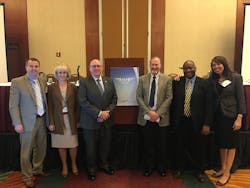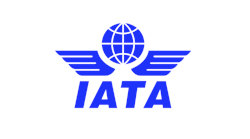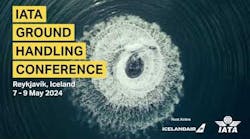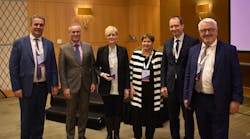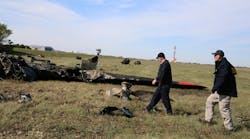If you didn’t get a chance to attend the Aviation Technician Education Council (ATEC) conference this year in Seattle, WA, you missed one of the best and most professional conferences this year.
Huge thanks goes to The Boeing Company for being the host and active participant in this year’s conference. Peter Boeskov, director, Simulator Services and Maintenance Training at The Boeing Company, provided the ke note opening address, and throughout the three-day event others from Boeing’s maintenance training group were panelists providing valuable insight into maintenance training. On the last day of the conference attendees enjoyed visiting multiple Boeing facilities.
To help address the talent needs of industry, ATEC is focusing on facilitating relationships between educators and employers. This year’s conference incorporated an inaugural “Employer Expo” attended by nine companies; Aircraft Technologies Group; Aviation Technical Services; Columbia Helicopters; Delta Air Lines Inc.; Endeavor Air; HAECO Americas; Panasonic Avionics Corporation; SkyWest Airlines; and United Airlines. Each company had a chance to address the group and explain what their company does and what types of employees and skill sets they are looking to hire. Understanding this valuable information was well received by the 177 educators in attendance.
“ATEC leadership worked really hard this year to drive home the theme, career pipeline development,” explained Ryan Goertzen, current ATEC president. “We had incredible industry attendance, a reflection of the growing need for AMTs.”
In response to ATEC’s growth and the increased need for industry engagement, during the spring board of directors meeting, the ATEC board voted to change the number of industry member directorships from three to five to include additional representatives of general and business aviation companies, airlines, manufacturers, and repair stations. ATEC will begin actively seeking new industry board members.
But this year’s conference wasn’t all about industry attendees. The mission of ATEC is to support the Part 147 schools in this country. William Russo, Aviation Maintenance Program Director, University of the District of Columbia Community College (UDC-CC), traveled from Washington, D.C., to Washington State. Russo commented, “We are a relatively small program, so we don’t often get to interact with industry professionals from manufacturers, airlines, MROs, tooling and equipment suppliers, textbook and educational support companies, and recruiters. The ATEC conference puts all of these folks in one room, so it serves as a great opportunity to make the kinds of industry contacts that can help us to ensure that we are aware of the current state of regulatory and legislative issues relevant to Part 147, new developments in training and educational technologies and tooling that could enhance our curriculum, the ever-changing needs and desires of prospective employers, and the various ways that other Part 147 schools deal with some of the operational issues that all of us face on a daily basis.”
FAA and International Participation
ATEC is appreciative of its close working relationship with the FAA. ATEC board members regularly meet with FAA in Washington, D.C. to discuss Part 147 rulemaking activities and other issues brought forward by ATEC members. Participation from FAA in this year’s annual conference included Kevin Morgan, manager, General Aviation Branch; Murray D. Huling, deputy assistant manager, Aircraft Maintenance Division; Robert Warren, aviation safety inspector; and Susan Parson, special assistant, Flight Standards Service and editor, Safety Briefing Magazine. All the FAA representatives spoke on a variety of topics throughout the conference.
Dr. Yuanyang Gao, director, General Aviation Industry Research Center at Beihang University in China, and deputy secretary with AOPA China, provided attendees with an overview of general aviation activities and the need for pilots and technicians in China. One interesting statistic given was there are 5,504 pilots in China vs. 584,361 in the U.S. The growth has been almost 11 percent in the last five years. There are currently only six universities, 56 aviation training facilities, and 16 other types of training schools to provide Chinese Civil Aviation education. Many Chinese schools are looking for partners in the U.S. to help with their shortage of pilots and technicians.
In conclusion
Goertzen concluded by saying, “ATEC looks forward to continuing the momentum and acting as a catalyst for employer-educator partnerships, which will be so important to fulfill future workforce needs.”
I think that William Russo’s conclusion says it best: “I left Seattle with a massive pile of literature and business cards, but more important than any of that, I left with knowledge that will help me to better serve my students. Some of that knowledge came from the excellent presentations, but a lot of that knowledge came from meeting and interacting with a diverse group of extremely intelligent, motivated, and dedicated professionals.”
To learn how you, your school, or your company can become involved with aviation maintenance education and workforce development visit www.atec-amt.org.
AMT Magazine Chief Editor Ronald Donner is one of the industry directors on the board of ATEC.
